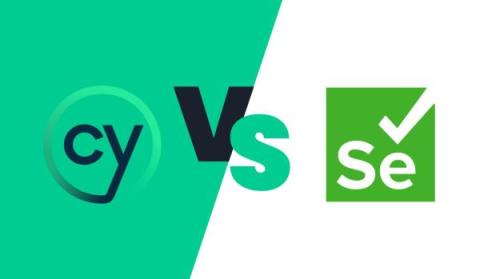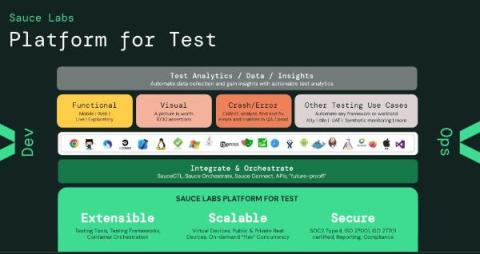Get Your AI to Production Faster: Accelerators For ML Projects
One of the worst-kept secrets among data scientists and AI engineers is that no one starts a new project from scratch. In the age of information there are thousands of examples available when starting a new project. As a result, data scientists will often begin a project by developing an understanding of the data and the problem space and will then go out and find an example that is closest to what they are trying to accomplish.











